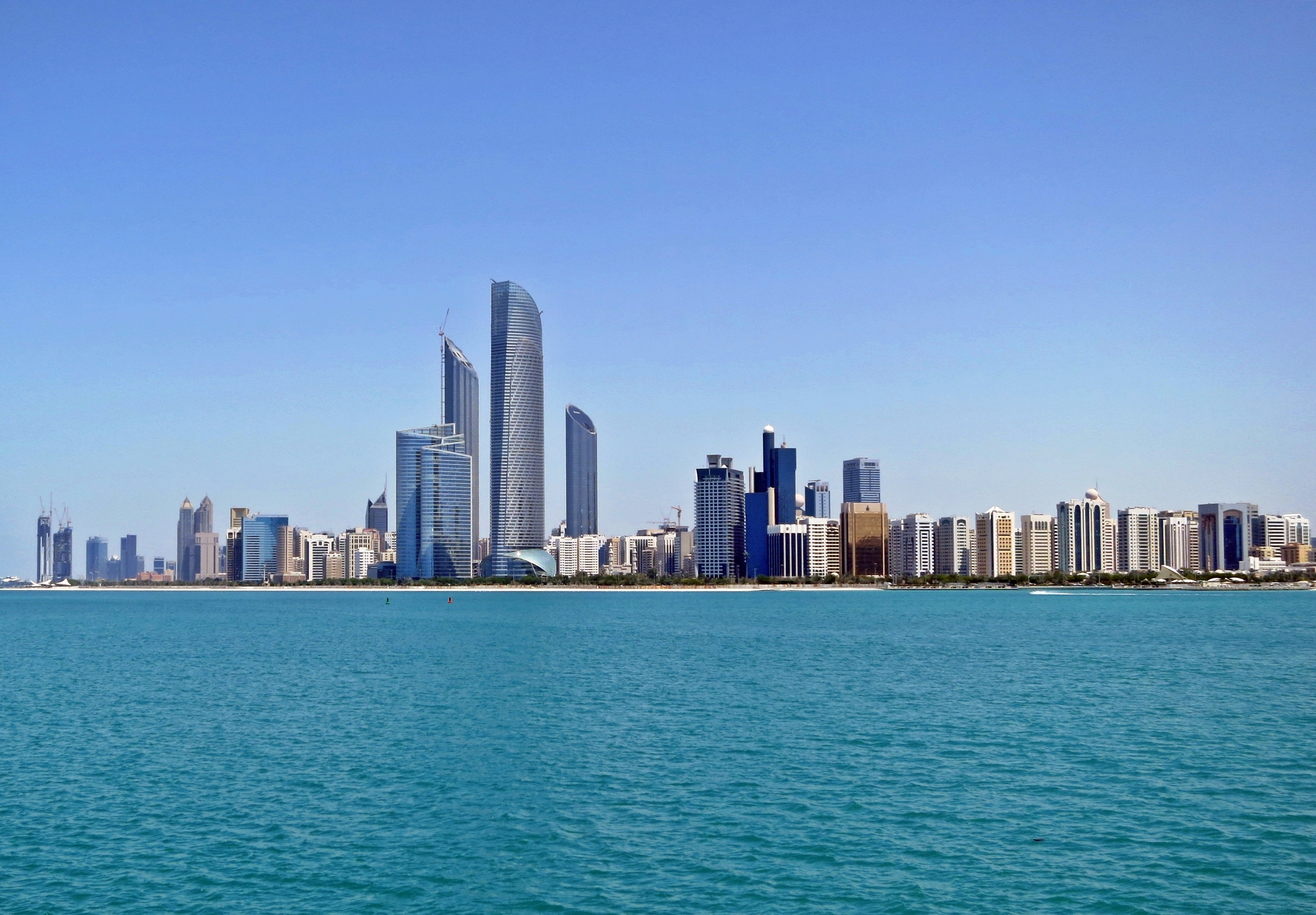For full coverage of Middle East events see MEED
Fitch Ratings announced today that it has affirmed Abu Dhabi’s long-term foreign and local currency issuer default ratings (IDR) at AA with stable outlooks. The issue ratings on Abu Dhabi’s senior unsecured foreign currency bonds have also been affirmed at AA. The short-term foreign currency IDR has been affirmed at F1+ and the UAE country ceiling at AA+; this ceiling applies to Abu Dhabi and Ras al-Khaimah.
Fitch said Abu Dhabi’s key credit strengths are its exceptionally strong fiscal and external metrics and high GDP per capita, balanced by high dependence on hydrocarbons, a relatively weak policy framework, and weak data availability compared with peers. Sovereign net foreign assets were an estimated 222 per cent of GDP at end-2015, and debt was 1.7 per cent, all of it external.
“Erosion of these buffers will be slower than in other Fitch-rated oil exporters, due to a low fiscal break-even oil price of $54 a barrel,” Fitch said. “Consequently, the emirate has time to adjust its public finances to an expected 41 per cent drop in oil revenue between 2014 and 2016.”
The 2015 budget deficit widened to 13.2 per cent of GDP from 7.2 per cent of GDP in 2014. These numbers exclude the dividend paid by the Abu Dhabi National Oil Company (ADNOC) but include estimated investment income of 5.3 per cent of GDP. The widening deficit reflected a drop in oil and natural gas income to 17 per cent of GDP from 26.6 per cent of GDP, compensated somewhat by reductions in non-current spending.
“Under our baseline oil price assumptions, we expect the general government deficit to decline to 11.6 per cent of GDP in 2016 and 5.3 per cent of GDP in 2017,” Fitch said. “The 2016 budget is still under discussion but we expect further reductions in non-current expenditure.”
The debt of government-related and state-owned enterprises (GREs and SOEs) peaked at AED 277bn (30 per cent of GDP) in 2012 and had fallen to AED 246bn by the first half of 2015, reflecting the authorities commitment to containing indebtedness, Fitch said.
“We expect GRE and SOE debt to continue to fall as the Department of Finance exercises greater control over their capital spending and debt issuance plans,” Fitch said. “Explicit contingent liabilities are clearly delineated and are not material compared with Abu Dhabi’s assets.”
Fitch said it expected the government to finance its 2016 and 2017 deficits through a combination of transfers from the Abu Dhabi Investment Authority (ADIA), the dividend from ADNOC, issuance of bonds and some further draw-down of general government deposits. Fitch expects ADIA assets to fall to $475bn at end-2016 from an estimated $502bn at end-2014 as outflows outpace investment returns.
“However, we expect ADIA assets to rise again in 2017, when the ADNOC dividend should be sufficient to cover the budget deficit,” Fitch said. “Government deposits in UAE banks fell 16 per cent to AED 158bn over 2015, but remain substantial at around 11 per cent of GDP. The overall level of liquidity in the banking sector is still high”
Fitch said it expected the government of Abu Dhabi to issue AED 40bn of bonds in the local market in 2016 and a further AED 60bn in 2017, effectively replacing the AED 100bn in certificates of deposit issued by the central bank and held by local banks.
